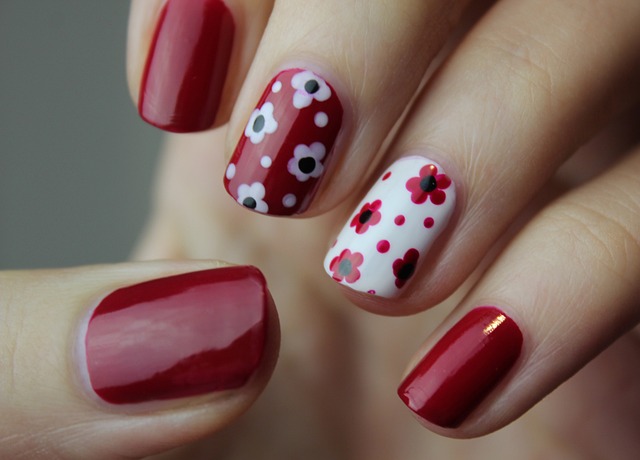# Blending Algorithms and Imagination: The Evolving Landscape of AI-Generated Art
The intersection of technology and creativity has always been a fertile ground for innovation, but the advent of artificial intelligence (AI) is redefining the boundaries of artistic expression. With algorithms capable of generating stunning visual works, AI is not merely a tool but a collaborator in the creative process. This article delves into how AI is transforming the art world, exploring the techniques behind AI-generated art, its implications for artists and audiences, and the philosophical questions it raises about creativity and authorship.
## The Mechanics of AI Art Generation
Understanding how AI generates art begins with a grasp of the underlying technologies. At the forefront are generative adversarial networks (GANs), a type of machine learning model that pits two neural networks against each other. One network, the generator, creates images while the other, the discriminator, evaluates them. This feedback loop continues until the generator produces images that are indistinguishable from real artwork. The result is a process that mimics human creativity, albeit through a distinctly algorithmic lens.
Diving deeper into the mechanics, various AI models utilize different techniques to create art. For instance, style transfer algorithms can take the stylistic elements of one image and apply them to another, resulting in unique combinations that reflect the essence of both. Additionally, tools like DALL-E and Midjourney leverage vast datasets, enabling them to generate original images based on textual descriptions. This capability allows for a level of creativity that can surprise even seasoned artists, as the AI interprets prompts in unexpected ways.
The role of data in this process cannot be overstated. AI models are trained on extensive collections of artwork, absorbing styles, techniques, and themes from countless artists across different eras and movements. Consequently, the output is a synthesis of human creativity as interpreted through the lens of machine learning. This blending of human artistry and technological prowess is reshaping the landscape of visual art, opening up new avenues for exploration and expression.
## The Impact on Artists and the Art Market
AI-generated art is not merely a novelty; it has significant implications for artists and the broader art market. Traditional artists find themselves at a crossroads, grappling with the question of how to integrate AI into their practice. Some embrace the technology, using it as a tool to enhance their creativity. By collaborating with AI, artists can explore new styles and concepts that may have been beyond their reach. This partnership can lead to innovative works that challenge the conventions of traditional art.
Conversely, a segment of the artistic community remains skeptical of AI’s role in art creation. Concerns about authenticity and originality abound, as critics argue that art generated by algorithms lacks the emotional depth and intentionality inherent in human-created works. This debate raises vital questions about the nature of creativity itself. Can a machine truly create art, or does it merely mimic human creativity? The answer may lie in the evolving definition of art as a practice that increasingly incorporates technology.
The art market is also witnessing a shift due to the rise of AI-generated works. Galleries and auction houses are beginning to feature AI art alongside traditional pieces, often fetching significant prices. Notable sales, such as the auction of “Edmond de Belamy,” a portrait created by a GAN, for $432,500, highlight the growing acceptance of AI art as a legitimate form of artistic expression. However, this trend also raises concerns about the commodification of art and the potential for market saturation as the production of AI-generated pieces becomes more accessible.
## Philosophical Considerations: Creativity and Authorship
As AI continues to permeate the art world, it prompts deeper philosophical inquiries into the nature of creativity and authorship. The question of who owns the rights to AI-generated art is particularly complex. When an AI creates a piece based on its training data, to what extent can the original artists whose work informed the AI be credited? This issue complicates the legal landscape surrounding copyright and intellectual property, necessitating new frameworks to address the unique challenges posed by AI.
Moreover, the role of the artist is evolving. Traditionally, artists are viewed as the sole creators of their work, imbued with personal experiences and emotions that inform their art. However, with AI as a collaborator, the definition of the artist becomes more fluid. Some argue that the artist’s role shifts from creator to curator, guiding the AI in its creative process and selecting the final output. This collaborative dynamic raises questions about the value placed on human intuition and emotional depth in art.
The philosophical implications extend beyond authorship to the very essence of creativity itself. If creativity can be replicated by machines, what does that mean for human artists? Some theorists posit that the unique human experience—shaped by emotions, culture, and personal history—will always set human-created art apart. Others argue that AI-generated art challenges our understanding of creativity, forcing us to reconsider the boundaries of artistic expression.
In conclusion, the fusion of algorithms and imagination heralds a new era in the art world, where AI-generated art is not just a curiosity but a significant force shaping artistic practices and market dynamics. As artists grapple with the implications of this technology, the ongoing dialogue about creativity, authorship, and the very definition of art will continue to evolve. Embracing the potential of AI in art may ultimately lead to a richer, more diverse artistic landscape, one where human and machine creativity coexist and inspire one another. The future of art is not just about what is created but also about how we understand and appreciate the creative process itself.

